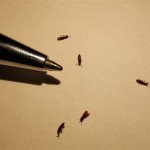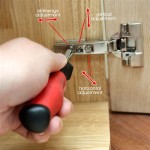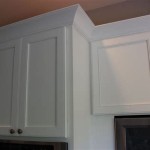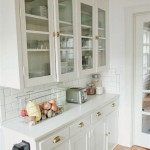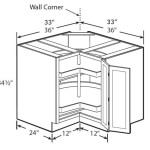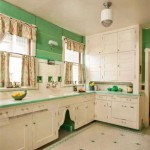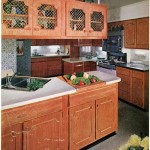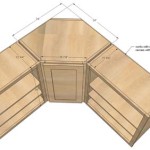Essential Aspects of Kitchen Cupboard Wall Fixings
The kitchen is one of the most crucial rooms in any home, serving as a gathering place for cooking, dining, and entertaining. To ensure the functionality and longevity of this space, it is essential to pay attention to the proper installation of kitchen cupboards, which requires sturdy and reliable wall fixings.
Types of Wall Fixings
There are several types of wall fixings suitable for mounting kitchen cupboards, including:
- Rawlplugs: Plastic or metal devices that are inserted into drilled holes to provide a secure anchor for screws.
- Molly bolts: Metal-bodied anchors that expand within the wall, providing a strong hold for heavy loads.
- Plasterboard fixings: Specially designed anchors for use in plasterboard walls, which have a lower load-bearing capacity.
- Gripit fixings: Innovative anchors that lock onto the back of plasterboard, providing a secure hold without the need for drilling.
Choosing the Right Fixings
The choice of wall fixings depends on several factors, including:
- Weight of the cupboards: Heavy cupboards require stronger fixings, such as molly bolts or Gripit fixings.
- Type of wall: The material of the wall (e.g., brick, plasterboard, concrete) determines the type of fixings that are most suitable.
- Load distribution: The number and position of fixings should ensure even distribution of weight across the cupboard.
Installation Techniques
Proper installation is crucial to ensure the safety and stability of wall-mounted kitchen cupboards:
- Use a spirit level: Ensure that the cupboards are level both horizontally and vertically.
- Drill pilot holes: Drill small holes for the screws to prevent splitting or damaging the wall.
- Insert the fixings: Insert the appropriate fixings into the holes and tighten them securely.
- Screw in the cupboards: Attach the cupboards to the fixings using screws of the correct length and type.
Safety Precautions
Always observe the following safety precautions when working with wall fixings:
- Wear appropriate safety gear: Protect your eyes, hands, and lungs from dust and debris.
- Check for electrical wires: Avoid drilling into walls where electrical wires may be present. Use a stud finder to locate studs and avoid hitting pipes or wires.
- Don't overload the cupboards: Adhere to the recommended weight capacity of the fixings and avoid placing excessive weight on the cupboards.
Conclusion
Kitchen cupboard wall fixings play a vital role in ensuring the secure and functional installation of these essential storage units. By selecting the appropriate fixings, following proper installation techniques, and observing safety precautions, homeowners can ensure the longevity and stability of their kitchen cupboards.

Wall Unit Fitting Adjustments Diy Kitchens Advice

Hanging Bracket Wall Hanger Plate 63mm Kitchen Cabinet Cupboard Mounting Overhead 150kg Load Capacity Fixing King

How To Install Kitchen Cabinets The Wall And Floor With Ease

Wall Unit Fitting Adjustments Diy Kitchens Advice

Unhanded Kitchen Wall Cabinet Hanger Fixing

How To Install Kitchen Cabinets The Wall And Floor With Ease

X2 Koala Cabinet Hangers Spider Concealed Dowels Mounting 29036910

Cabinet Hangers For Wall Unit Left Hand Long Base Plate Fixing Or Press Fitting Single Load Bearing 65 Kg 290 03 938 Kitchen Storage

Concealed Universal Spider Brackets For Kitchen Wall Unit Cabinets

Wall Unit Bracket Concealed Hanging Plate Kitchen Hanger Cupboard Cabinet
Related Posts

